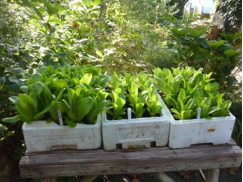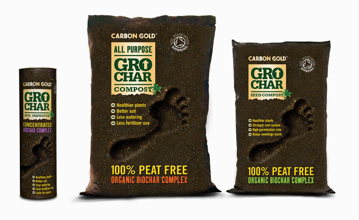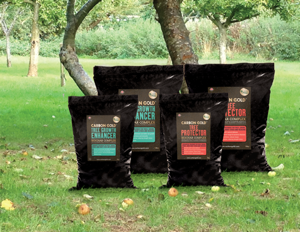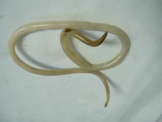Back in May I was at the Sustainable Food Summit in Amsterdam where I heard a shocking figure - by 2030 more people will die of antibiotic resistant disease than from cancer and diabetes. The speaker projected a figure of 10 million lives lost every year.
We can blame lazy overworked doctors, who happily prescribe antibiotics inappropriately just to get whining patients out of their surgery clutching a bottle of pills that won’t cure their sniffles.
Or blame hospitals. They use antibiotics to disinfect surfaces and in other situations where a bit of human labour, soap and a bit of elbow grease could do the job.
But is it fair to lay all the blame on lazy doctors and hospitals? Not really. The source of 80% of antibiotic resistant disease is the food industry
Imagine you took a troublesome boy and smacked him around the ears and whacked his backside, like in the old days before we got civilised. By the time he grew up he would be the kind of guy who thinks it is worth it when there is a fracas in the pub and will shake off the restraining arm of his girl friend to have a go at someone who looked at him the wrong way. That’s the way it is with bacteria, too. The more you whack them the tougher and nastier they get.
E. coli is the perfect illustration of this. When the first Wimpy Bars opened questions were asked in Parliament about E.coli. Once meat is ground up the tiny amounts of E.coli that might be on the surface are able to penetrate and multiply through the entire burger. The worry then was about diarrhoea, which was the main symptom of infection. A few people got the runs, but burgers replaced bread and dripping as Britain’s favourite snack. But at the same time, grazing and hay for beef cattle got replaced by intensive feedlots where cattle stood in their own poo for most of their lives, spreading infection hither and thither. The feedlotsproduced the cheapest beef. But those darned cows kept getting sick and infecting each other every time they dumped. So antibiotics came to the rescue. E.coli hates antibiotics and was pretty much wiped out once the cows got their meds. But you can’t keep bad bacteria down. The E.coli toughened up their act and at the same time as they became more resistant they also became a heck of a lot more virulent. This super tough bacterium was named E. coli O157:H7 to differentiate it from its namby-pamby ancestors. So instead of the runs people who ingested E.coli O157:H7 became violently ill and suffered kidney failure, either dying or spending much of the rest of their shortened lives on dialysis machines. When they did die the cause of death was ‘kidney failure’ or something else that pointed the finger away from the real cause: antibiotics in farming.
MERS, SARS, MRSA and other antibiotic-resistant diseases are spreading like wildfire. Thousands of people are dying every day from diseases that are the result of our race to the bottom in meat production.
Is cheap meat really worth this? If meat was vital for human existence you might understand the importance of making it as cheap as possible, but any vegetarian or vegan is living proof that meat is a luxury, a frippery, a bit of icing on the nutritional cake that sustains life. So why do we compromise on quality about something that we are already consuming in excess? Why not just cut back to a healthy level and consume ‘better and less often’ as the Soil Association, Slow Food and various health authorities recommend?
The global market for meat is worth about $800 billion.
If we cleaned up the meat market the antibiotic-resistant bacteria would quickly die out - Nature never wastes energy and no bacteria will bother wearing a suit of armour and a sword if nobody is trying to poison them. But that would probably increase the cost of meat by 25 %, adding $200 billion to the global meat food bill.
10 million lives lost per year to antibiotic resistant bacteria could be prevented for an additional expenditure of $200 billion. That’s $20,000 per human life saved, or £13,000, half the price of a Ford Mondeo.
Which would you choose? Cheaper chicken or a longer life?





























































